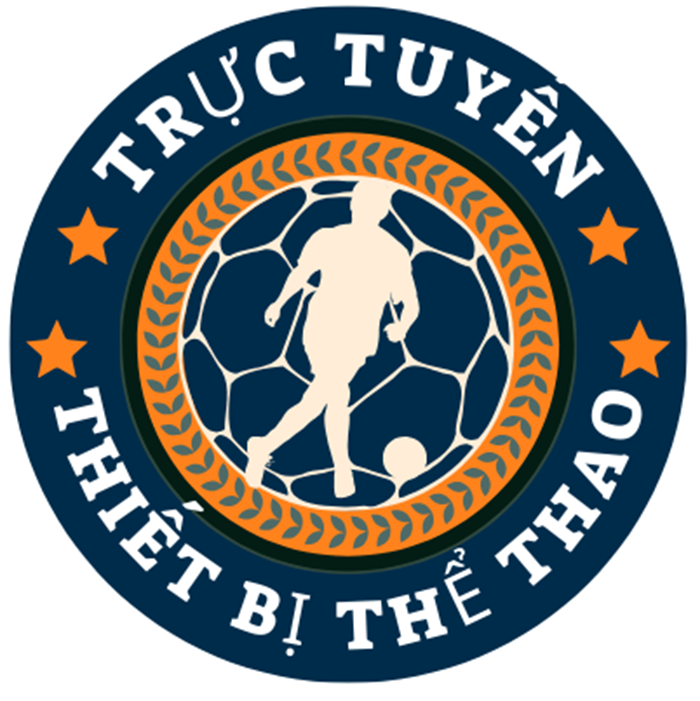##Industry Landscape##
### #Current Market Valuation#
The European automotive parts sector currently generates over €350 billion annually, experiencing a 4% CAGR decline since 2019[2][9]. This contraction contrasts with 250+ branch networks maintained by major distributors like Euro Car Parts[1][7][15]. Workforce metrics indicate 2 million employees sustain operations across manufacturing and distribution channels[2][9]. https://carparteu.com/
### #Electrification Impact#
Accelerated adoption of hybrid vehicles drives double-digit increases in battery components demand, offsetting declining internal combustion engine parts[2][5]. The EU’s 2035 combustion engine ban threatens 28% revenue reduction for traditional drivetrain suppliers[2][5].
##Compliance Ecosystem##
### #Type Approval Mandates#
EU Directive 2007/46/EC enforces whole-vehicle homologation through e-Mark approvals covering 150+ technical regulations[3][10][14]. KBA-approved testing facilities validate emission thresholds using UN R155 cybersecurity standards[14][10].
### #Aftermarket Liberalization#
The 2024 EU Design Regulation dismantles OEM repair monopolies for windscreens, generating projected €720 million annual savings through independent workshop empowerment[5]. Transition periods vary: immediate implementation across member states based on prior regulatory frameworks[5].
##Distribution Networks##
### #Key Market Players#
SPEurope dominate cross-border logistics with 500,000+ SKUs across 28 EU markets, leveraging 3PL partnerships for hourly workshop replenishment[4][8][11][13]. European Auto-Parts Exporters specialize in commercial vehicle components, maintaining 300+ warehouses[12][13].
### #Compliance Mechanisms#
E-Mark certification ensure component interoperability through ISO/IEC 17025 testing of brake fluid formulations[6][14]. GSF Car Parts enforce VIN validation on aftermarket alternators[1][15].
##Innovation Frontiers##
### #Digital Integration#
Platforms like EUROPART EWOS utilize AI recommendation engines achieving 5 million monthly queries, integrated with blockchain tracking[8][12][15]. FEBEST deploy 3D parts visualization across 100,000+ OE references[4][11].
### #3D Printing Adoption#
Aftermarket suppliers pilot on-demand spares production for discontinued components, reducing lead times by 43% through distributed manufacturing networks[9][13].
##Sector Pressures##
### #Profitability Stress#
Intensifying competition from Eastern European manufacturers forces cost-optimization initiatives among German suppliers[9][10]. Euro Car Parts counter with click-and-collect networks offering 30-minute fulfillment[1][15].
### #Workforce Gaps#
The EV diagnostic requirements creates critical technician shortages, prompting VR training simulators with FE colleges[12][15].
##2030 Outlook##
### #Sustainable Practices#
Remanufactured assemblies target €22B valuation through carbon credit trading[5][9]. Battery recycling plants centers emerge near urban hubs[2][14].
### #Autonomous Vehicle Readiness#
Sensor fusion modules require ISO 26262 updates, driving €3.4B R&D investments across Barcelona tech clusters[10][14].
##Synthesis#
#The EU automotive parts sector navigates dual disruption from electrification mandates. industry leaders will reconcile cost competitiveness with digital agility. As 2035 deadlines approach, strategic pivots toward EV service ecosystems separate winners from legacy providers[2][5][9][14].#
